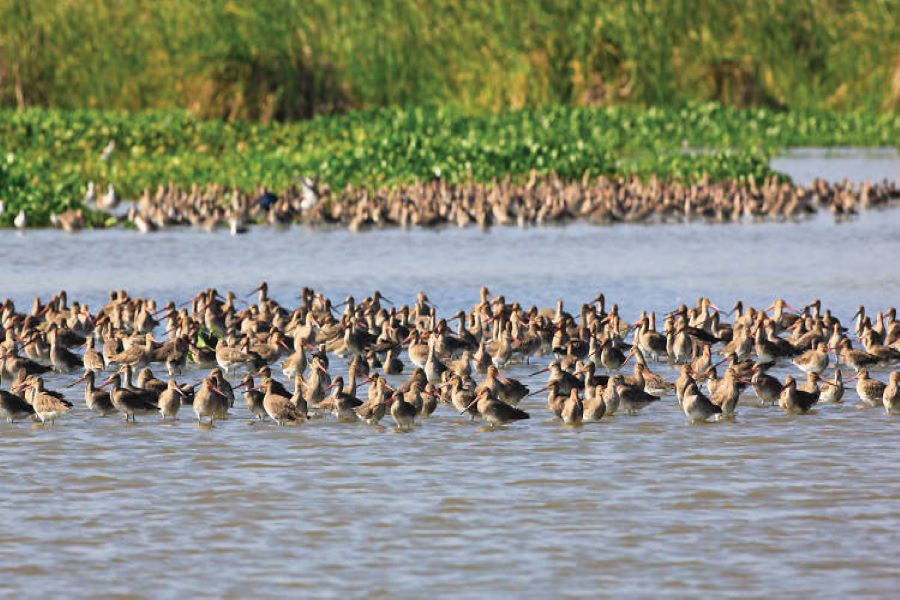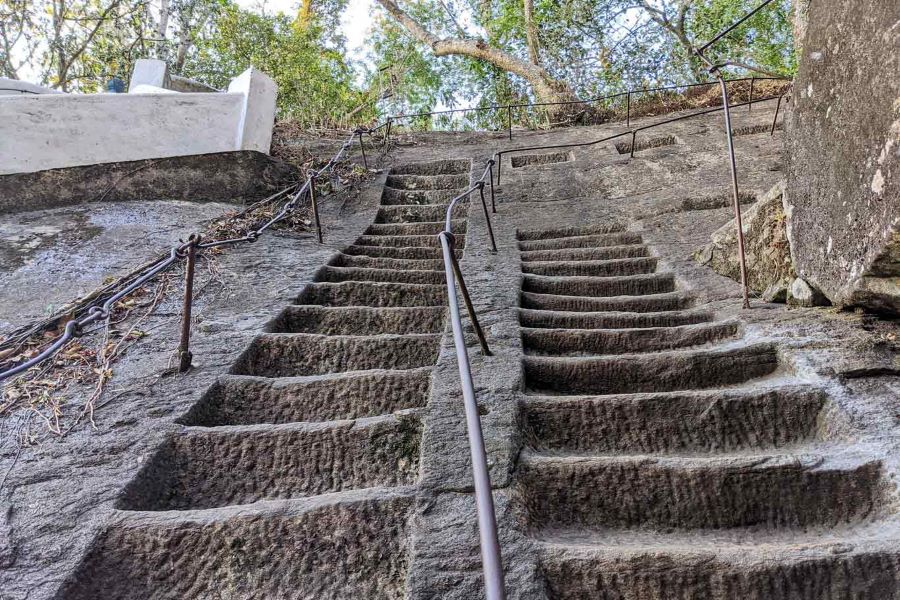Tangalle in Sri Lanka for Fabulous Getaways
Tangalle (also recognized as Tangalla) is a famous tourist town in the Hambantota District of the Southern Province of the world-famous tourist destination, Sri Lanka. The region is administered by the Urban Council. It’s one of the biggest cities in the southern province. It is situated 195 km (121 mi) south of the capital Colombo and 35 km (22 mi) east of Matara. It has a mild atmosphere, compared to the rest of the district, and pristine beaches.
Why is Tangalle in Sri Lanka Remarkably Special?
Tangalle is one of the most established beach destinations in the region, with a collection of basic guesthouses – and a handful of luxurious hotels and villas – scattered along the coves and shores that line the oceanfront. Tourism has never taken off as much as the ambitious locals might have liked, though, and Tangalle retains firmly low-key relative to the resorts further west. What adds to Tangalle’s charm, however, is the range of satisfying attractions in the local countryside, such as the giant buddha, Hoo-maniya blowhole, the gaudy shrines of Wewurukannala, and the spectacular rock temples of Mulkirigala, that can all be incorporated into a fulfilling excursion.
Besides, the neighboring beach of Rekawa is Sri Lanka’s prime turtle-watching spot, though devoted ornithologists will even want to visit the little-visited Kalametiya Bird Sanctuary, which can be paired with a visit to the enigmatic plains of Ussangoda.
Things to do and Places to Visit in Tangalle Quick List
- Tangalle Surfing
- Wewurukannala
- Hoo-maniya Blowhole
- Mulkirigala Rock Monastery
- Around Tangalle
- Kalametiya Bird Sanctuary
- Swimming and diving at Tangalle
- The beaches
Spectacular Places to Visit and Things to in Tangalle – Detailed Explanation
Tangalle Surfing:
Surfing is a bit of an area of expertise in Tangalle. Ideal for beginners, several surf camps have been set up in the region thanks to a shore break that produces gentle waves. Tangalle is well-positioned between the cliffs and the peaks, which ensures that waves are barely disturbed by onshore winds that would typically dampen the mood.
Wewurukannala:
Wewurukannala is the habitat of the largest Buddha figure in Sri Lanka. A golden statue, 50 meters high. To achieve the figure, you must first walk through a hall with scary sculptures of devils and sinners enduring their ill fate, but this just makes the Buddha look more like a reward and is a pleasant relief at the end of the journey.
Hoo-maniya Blowhole:
Considering its very funny name, the blowhole can be either amazing or incredibly boring based on your luck. The perfect opportunity to see the natural water fireworks is during the South-West Monsoon in June, although there is no assurance that you can see the high seas firing water 23m into the air from a spectacular rocky outcrop.
Mulkirigala Rock Monastery:
Mulkirigala Rock Temple is a lovely day adventure just 16km northwest of Tangalle. Founded on a 673ft (205m) rock, the monastery consists of seven cave temples on five different terraces. All five terraces and their temples are easily accessed via granite paths and steps-even if you’re willing to labor a little to make it to the peak.
Around Tangalle:
A satisfying half-day ride from Tangalle incorporates the Hoo-maniya blowhole, the Wewurukannal temple with its immense Buddha statue, and the relaxing rock temples of the Mulkirigala. All nearby cafes and restaurants should be able to organize a joint round trip to these three locations; the existing rate is about Rs.2500 for two individuals.
Other fascinating local adventures involve evening tours to spot turtles on the shores of Rekawa, while Tangalla can also have been used as a basis for trips to the wetlands of the Kalametiya Bird Sanctuary on the way to Hambantota.
Kalametiya Bird Sanctuary:
This must-visit bird has first designated a protected area in 1938 and has ever been a wildlife haven since then. The varied landscapes, such as tidal lagoons, mangrove swamps, and grasslands, make it the ideal home for both marine life and bird species.
The sanctuary is a quiet and relaxing ride for those who want to see the birds and a more adventurous trip for those who want to stroll along the jungle paths. The region is known as home to four globally endangered bird species and 38 reptile species, both domestically and internationally endangered, ensuring that its protection is much more critical.
Swimming and diving at Tangalle:
Swimming in Tangalle can be risky: the beaches of Kapuhenwala, Medaketiya, and Medulla are deep into the sea because there are violent waves in areas, while the bays south of the town of Pallikaduwa and Goyambokka are comfortably protected. Often search in your guesthouse before stepping into the water: conditions differ greatly, often within a few hundred meters.
Beaches – Tangalle:
Tangalla’s beaches extend for many kilometers from either side of the town of Tangalla, a bustling but unspectacular provincial hub with a dusty range of shops and cafés plus a must-see clock tower and a fascistic bus station. The most established part of the coast, though still quite drowsy, is to the east of the area, along the beaches of Medaketiya and Medulla, a broad, straight stretch of sandy beaches lined with a series of boutique hotels opened in expectation of a flood of visitors who have yet to come. Beyond Medilla, just about 4km northeast of the town of Tangalle, the coastline is a little over a sandspit at the breath-taking beach spot of Kapuhenwala in Marakolliya, supported by the mangrove-fringed lagoon of Rekawa.
Then there’s a coast directly west of the area known as Pallikaduwa, which is very unique in nature, made up of a series of pretty rocky bays – much more stunning than Medaketiya and Medulla, though with little sand. The rugged coastline here prohibited building straight on the sand, so much of Pallikaduwa’s housing is set back behind the main road.
The most striking aspect of the Tangalla coast is situated a few kilometers farther west of the village of Goyambokka, with a spectacular rocky promontory flanked by two stunning beaches.
Accommodation and the Best Hotels In Tangalle
When visiting Tangalle in Sri Lanka for a holiday, the following hotels can provide you with first-class accommodation:
- Anantara Peace Haven Tangalle
- Lagoon Paradise Beach Resort
- Golden Pearl Tangalle Beach
- Palm Paradise Cabanas & Villas Beach Resort
- All View Resort
- Ananya Beach Resort
- Lankavatara Ocean Retreat & Spa
- Green Parrot Beach Resort
- Lanka Beach Bungalows
- Seven Turtles
- Serein Beach Hotel
Best Time to Visit Tangalle in Sri Lanka:
If you choose to explore Tangalle during the hottest months of the year, the best period will be between April and July. However, the perfect time to visit Tangalle would be during the dry seasons of the North and East, from April to September, to make the most out of your trip to the amazing beaches.
Contact Overa Tours for Unforgettable holidays in Tangalle.






